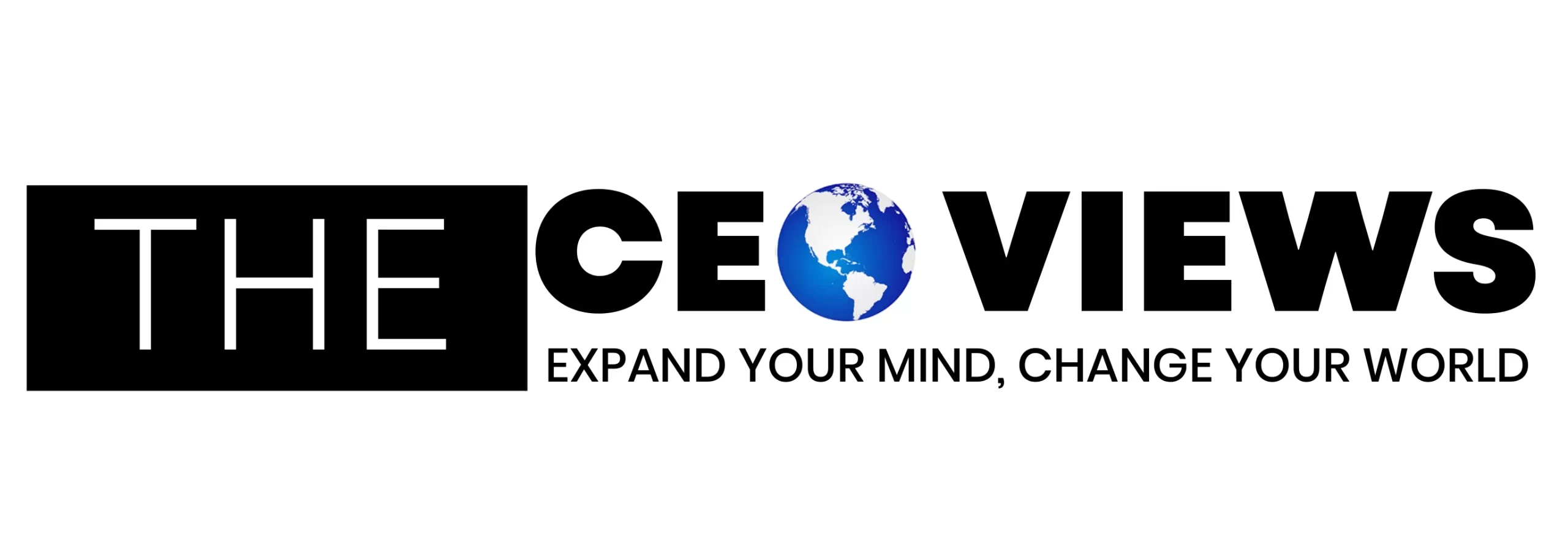In today’s competitive business environment, employee benefits are no longer a back-office concern. For CEOs, they are a strategic lever that directly influences recruitment, retention, and long-term organizational health. Among the benefits most often overlooked yet deeply impactful is group term life insurance, a core offering that can either sit passively in a compensation package or be reimagined through innovative product development to deliver measurable value.
Why CEOs Must Reframe Benefits as Strategy
For executives, the conversation about employee benefits often begins with cost and compliance. But for employees, the perception is about security, trust, and whether their employer values their well-being. In a tight labor market where talent has options, forward-thinking leaders cannot afford to treat benefits as a static checklist.
Modern workforces expect personalization and flexibility, and they evaluate their employer’s commitment to long-term stability through the benefits provided. That makes it essential for CEOs to understand how benefits can be shaped to reinforce retention strategies and brand reputation.
The Role of Product Development in Benefits Innovation
Product development is traditionally associated with consumer goods or technology, but its principles apply equally to benefits design. At its core, product development is about tailoring solutions to meet evolving user needs. Applied to employee benefits, it means reevaluating coverage options, delivery mechanisms, and communication strategies so that employees see true value rather than generic coverage.
For example, in the context of group term life insurance, product development allows companies to rethink standard one-size-fits-all plans. Instead, employers can design tiers, supplemental options, or customizable features that better match diverse employee demographics. Entry-level employees may value baseline protection at no cost, while senior staff may seek additional coverage for family or financial planning purposes. This adaptability creates a perception of inclusivity and foresight, both of which strengthen loyalty.
Group Term Life Insurance: More Than a Checkbox
Too often, group term life insurance is seen as a minimal obligation rather than a retention tool. Yet when designed thoughtfully, it can serve as a differentiator in competitive industries. Offering flexible coverage not only meets practical financial needs but also conveys a message of long-term support and care for employees’ families.
This is especially powerful for organizations where financial well-being and security are major concerns for the workforce. Companies that expand coverage options, integrate wellness education, or provide user-friendly digital access to benefits information show employees that leadership is invested in their peace of mind.
The CEO’s Role in Elevating Benefits
Ultimately, the CEO sets the tone for whether benefits are viewed as cost burdens or as investments in organizational resilience. By encouraging HR leaders and benefits consultants to embrace a product development mindset, CEOs can ensure benefits packages evolve alongside the workforce.
Some practical steps include:
- Championing flexibility: Encourage policies that allow employees to adapt benefits to their personal and family needs.
- Integrating communication: Benefits only have value if employees understand them. CEOs should insist on clear, accessible communication strategies.
- Measuring impact: View benefits not just as expenses but as tools that can be measured in retention rates, employee satisfaction scores, and even productivity.
- Connecting benefits to culture: Position benefits as part of the organization’s identity, reinforcing values like care, security, and innovation.
Why This Matters Now
With younger generations entering the workforce and experienced professionals seeking stability in uncertain times, the landscape of employee expectations is shifting rapidly. CEOs who proactively align benefits with broader strategic goals will not only reduce turnover but also attract high-caliber talent seeking employers who match values with action.
A smarter approach to benefits—anchored in innovative product development and thoughtful design of offerings like group term life insurance—signals that leadership understands the human side of business. In a world where talent is the greatest competitive advantage, that signal can make all the difference.










